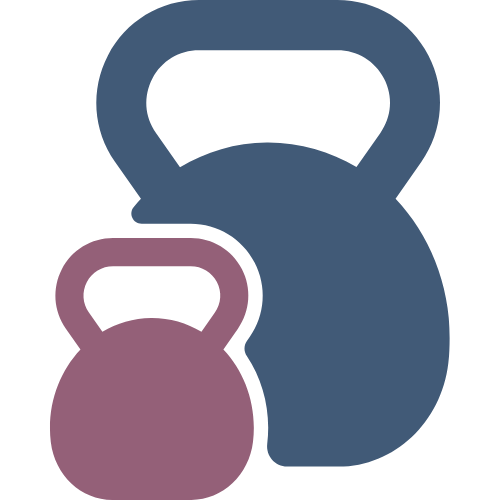During our 7-part skills series, we'll introduce you to skills that help you develop a better relationship with your body, awareness of your movements, and build a foundation of strength for doing any type of physical activity.
Like pushing exercises, pulling movements use your wrists, elbow, and shoulder joints (as well as your finger/hand joints to grip weights if you’re using them).
The difference is that you use the opposite muscles: Biceps (front of upper arms), rear deltoids, mid and lower trapezius, rhomboids (in between shoulder blades), and the lats. You’ll also frequently use your core muscles during pull exercises, too.
The simplest pull exercise is the row - start by affixing a resistance band at chest height (or using a cable machine). Stand or sit with an upright back and tense core.
Keeping the shoulders down away from your ears, pull back, squeezing your shoulder blades together.
Over time, increase the band or cable resistance. When you’re ready to progress to pullups, you can switch to lat pull downs (pulling from overhead), then assisted pull up variations.
Pulling Variations
Note that pulling movements can happen in front of your body, overhead, or somewhere in between - mix it up!
- Cable, band, dumbbell, kettlebell, barbell, TRX, gymnastics rings rows
- Lat pulldowns
- Assisted pullups
Pulling movements that isolate muscles:
- Bicep curls
- Reverse flys
- Lat pullovers
